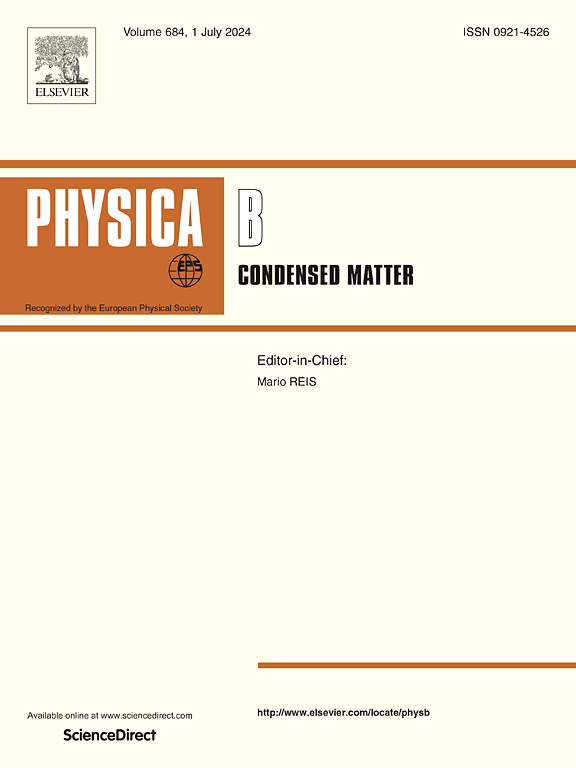Revisiting the effects of spin-orbit coupling and dispersion correction on the structural and electronic properties of APbI3 (A=MA, FA) halide perovskite
IF 2.8
3区 物理与天体物理
Q2 PHYSICS, CONDENSED MATTER
引用次数: 0
Abstract
Predicting the energy band gap for FAPbI3 and MAPbI3 halide perovskites using density functional theory (DFT) methods often faces several difficulties and challenges. We investigated the effects of spin-orbit coupling (SOC) and dispersion corrections in DFT calculations on the crystal structure, electronic, and optical properties of MAPbI3 and FAPbI3 perovskites. Our findings indicate that incorporating SOC into LDA and GGA-PBE calculations improves the accuracy of energy band gap predictions for FAPbI3 and MAPbI3 structures. Furthermore, we demonstrate that adding dispersion corrections to GGA-PBE + SOC calculations indirectly affects structural relaxation, thereby enhancing the accuracy and consistency of MAPbI3 and FAPbI3 band gap values, which aligns with experimental data. Our new DFT approach, based on the cost-effective GGA-PBE + SOC + TS/MBD functional, accurately reproduces the electronic properties of MAPbI3 and FAPbI3, providing enhanced accuracy and consistency in calculating the energy band gap.

求助全文
约1分钟内获得全文
求助全文
来源期刊

Physica B-condensed Matter
物理-物理:凝聚态物理
CiteScore
4.90
自引率
7.10%
发文量
703
审稿时长
44 days
期刊介绍:
Physica B: Condensed Matter comprises all condensed matter and material physics that involve theoretical, computational and experimental work.
Papers should contain further developments and a proper discussion on the physics of experimental or theoretical results in one of the following areas:
-Magnetism
-Materials physics
-Nanostructures and nanomaterials
-Optics and optical materials
-Quantum materials
-Semiconductors
-Strongly correlated systems
-Superconductivity
-Surfaces and interfaces
 求助内容:
求助内容: 应助结果提醒方式:
应助结果提醒方式:


